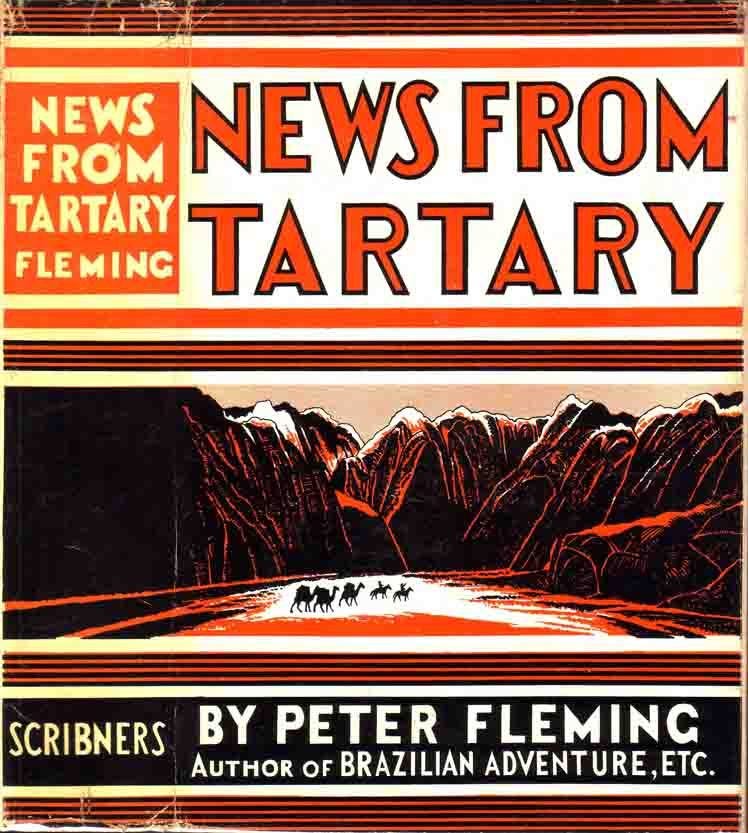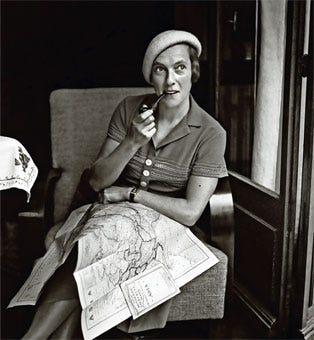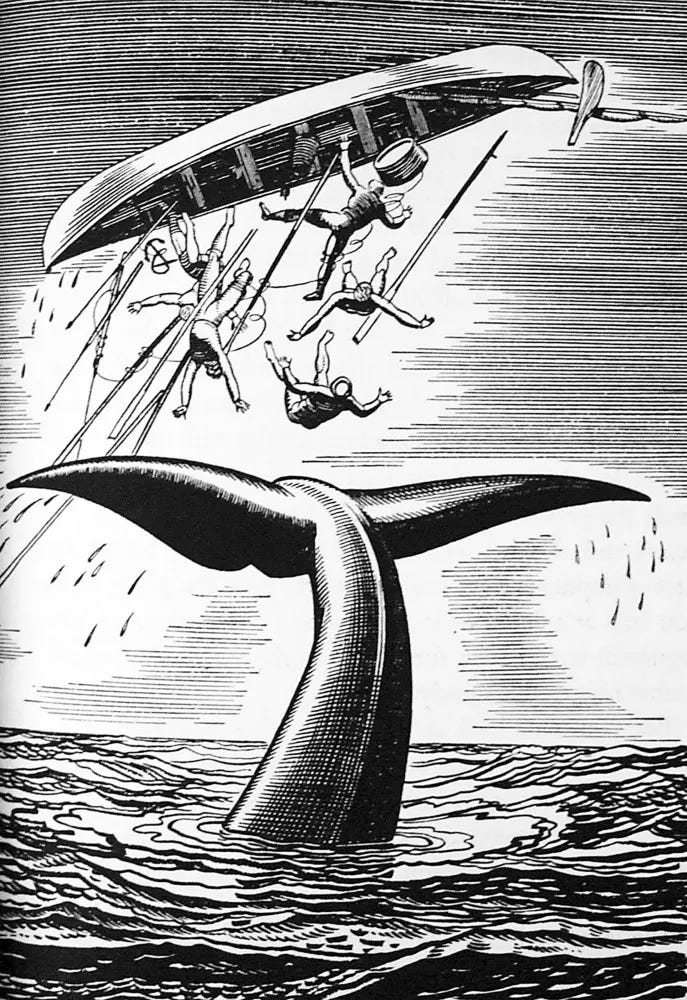I recently sent a book list to a friend who was keen on my top list of travel literature; that strange and morphing genre, looked down upon by some, praised by others. The list below is not meant to be anything but a list that came to my head at the time, there are many others, and I am sure there will be books I regret not including later. All that said, here-be a list I thought would be nice to dig into, and very generous with its definition of "Travel Writing". That is because travel writing can be so many things. It can be poetry, fiction, a graphic novel, creative nonfiction, magic surrealism, a children's book, anything that captures that feeling we all get when we leave our homes and go out into the world and are curious. Wade Davis wrote that “Every language is an old-growth forest of the mind”. If that is accurate then books on travel are an education and a study on the ethnosphere of our planet, or at least, they can be. Some can be a demonstration of colonialism and racism, and some can be both, a mashup of subjective and objective judgment, wisdom, critique, and misunderstanding. The below are books that stand out to me for a number of reasons, but mostly because they show different ways of telling the same story; the going out, and away, and in.
Ella Maillart - “Forbidden Journey”
And
Peter Fleming - “News From Tartary”
Over the past couple of years I have been interested in the history of travel writing and how it is shifting; how new writers are telling travel tales in a new way. I wanted to deliberately change my library from being a stack of books about middle aged white men going far from home into a collection of variety; variety in perspective, variety in origin, and variety in how travel stories are told. Just as I seek out cultural variety by traveling, I wanted to get out of my head. Part of this process was looking back, so I have been eating up lots of travelogues and travel magazines from the 1920's, 30's, and 40’s. Things like Holiday and Travel Magazine. On the advice of a friend*, I was told to read two specific books together, at the same time. They are both books about the same trip, an illegal journey from Beijing to India via Tibet and Xinjiang province in 1934, they were both written after the trip happened, and they are drastically different accounts of the same days. The first book, Forbidden Journey, was written by Ella Maillart, who was a Swiss adventurer, travel writer and photographer and she is amazing. The French daily Le Petit Parisien sent her to Manchuria to report on the Japanese occupation. It was there that she met Peter Fleming (James Bond creator Ian Fleming's brother and part of the inspiration for 007) who was there as a special correspondent of The Times. They decided to team up for the journey west to British occupied India. Peter’s account is the book News from Tartary.
Here we have two, very strong, independent personalities traveling with someone else, to read these at the same time, alternating chapters between the two, is a hoot. Peter will boast about hunting and being tough as nails, then Ella describes how Peter complained the morning away about some inconsequential thing. Like a live version of Mark Twain's "Letters from the Earth".
*the friend who told me is a fantastic writer herself, Naomi Duguid, who met Maillart by chance in the early 1980s. I recently asked her about it and she wrote:
“I did meet Ella Maillart, in the dormitory of a hotel in Kunming. Without knowing her name, we chatted and then agreed to share a taxi to the train station for the night train to Chengdu. It was as we waited for the train that she told me her name.
“We then talked for hours in her compartment, and the next day I helped her at the PSB get her permit for Lhasa. She was worried they'd refuse it because of her age (she was in her 80’s) , but they didn't fuss. SO she was able to fly in.”
“I got to Lhasa about two or so weeks later, coming by land, and was just in time to see her. She was leaving the next day overland to Kathmandu.”
John Mcphee - “Encounters with the Archdruid”
John could write about oranges and I would read it (which he did, and I did). He plays with the form of essay, he has fun with writing, and experiencing, and you can tell it is all an excuse he uses, a tool for an engaged mind, he uses being a writer as a ticket to the backstage of things, and reports back. In this way, his writing is more reportage/journalism, and it is beautiful. This is a collection of three separate camping trips across the US with naturalist/environmentalist David Brower, John Mcphee, and a rotation of three opposites to a naturalist/environmentalist: Charles Fraser, a real estate developer who made Hilton Head as they explore Cumberland Island, Floyd Dominy, then the commissioner of the United States Bureau of Reclamation, as they raft the Colorado river, and Charles Park, a mineral engineer as they hike through Glacier National Park.
Rebecca Elson - “A responsibility to Awe”
Carl Sagan thought the first astronauts should have been poets and in Rebecca Elson we get an astrophysicist and a poet. She writes about the planets, and some out there might say that isn’t travel writing which I would challenge, the heavens are definitely part of the going out and away.
Rebecca Solnit - “Wanderlust”
Solnit is like reading John Coltraine’s A love Supreme, it moves like thought and at the pace of a walk, 3 miles an hour.
Roger Deakin - “Waterlog”
This is a book inspired by John Cheever’s short story, “The Swimmer,” a story about a man who swims home from a summer party through all the back garden pools in the neighbourhood, one by one, sneaking through fences, submerging over and over until he reaches home. Deakin wanted to swim wild waterways in England, from one side to the other, and in doing so was discovering new things about both himself and his place. I feel like the same thing that drew Deakin to Cheever’s story, and the thing that drew me to Deakin, was the elemental essential quality of water and the wild.
Sophy Roberts - “The Lost Pianos of Siberia”
Sophy is a friend so I am biased, but I don’t think it matters here as her work stands alone. There are artists that I come back to seasonally, Bob Dylan in the fall, Exile on Main Street in the summer. Sophy captures an idea, almost obsession, driving curiosity, it is a quest, and a travelogue, and a journal, and a look back, forward, and around, all at once. I love it and read it once a year when the winter sets and it sends shivers of wanderlust.
Robert Macfarlane - “Underland”
A claustrophobic at times account of the way humans use the subterranean landscape, for escape, forgetting, and seeking. Robert writes, like Solnit, at the pace of a walk and the human mind.
Kate Harris - “Lands of Lost Borders”
Kate uses the framework of the quest, the adventure, the long distance self challenge story we have seen over and over, climb the mountain, cross the ocean, but she only uses this trope as a tool into ideas and understanding. It is a book that kept surprising me with the sublime largeness of its spaces.
Jamaica Kincaid - “Among Flowers”
The Himalayas fall prey to many of those books I mention above, some conquering of some mountain range, trials and tribulations, and while this book has trials and tribulations, they aren’t the usual sort we find in most Euro-American travel literature about Nepal. This is through the lens of a reluctant hiker who really is just a gardener who desperately wants to add to her collection. A flower lover who is led to hike through the mountains not in search of her soul, or meaning, or spiritual lifting (she is neither eating, praying, nor loving) but instead so she can have a wonderful garden back home. I like how some obsessions lead us to certain places, it’s why I like surfing, and biking, not because I am good at these activities (I am a horrible surfer) but because it provides an excuse for me to seek out places I never would have without this tool (Sophy uses this tool of interest with Pianos in Siberia which I mention above). Kincaid speaks to this, and it is magical.
Rudyard Kipling - “From Sea to Sea and Other Sketches, Letters of Travel”
A tired retired soldier heading home the long way from India via port cities east then a cross-American road trip into the arms of Mark Twain, yes a few letters from when a young Kipling hung with Twain. He is sharp, critical, satirical, and funny.
Caroline Eden - “Red Sands”
I am guessing Caroline Eden knows Naomi Duguid, if not, she knows her work, and if not, the two of them need an introduction. This is a cookbook but not really, and a travel journal, but sort of; it is an art installation in book form, a way of capturing place from a few view points, specific narrative experiences, culinary explanations, and wonder.
Antoine de Saint-Exupéry - “Wind Sand and Stars”
This book has that same jazz/dream quality Solnit has, and to be honest, I like to read this when slightly drunk. It is biography and magic-surrealism and you can easily see how a few years later he would write “The Little Prince” influenced by the fear and strangeness he lived in the Sahara.
James Hilton - “Lost Horizon”
I spend a lot of time buying books, reading books, and sending books as gifts. I think the passing of ideas and thoughts through the written word is something akin to magic, ephemeral, and evergreen. I like to hold books, I like the way heavy paper stock feels in my hand as I turn a page, I like the way books smell and patina. Years ago, when Kindles first hit the scene I tried it out but found it lost the mojo to me. Sure it was easy to pack and was a library on the go, but I couldn’t dog ear the page, and yes I am a dog earer. I started buying old books to send to my friends and family and to collect myself; unique printings, or old travelogues. It became important to me what edition and the design of the cover, the print and the typography. This all started with one book. Lost Horizons.
My wife and I spend a great deal of time in a family cottage on the shores of Lake Simcoe an hour north of Toronto. Her family has owned this land for over 100 years, so the collections of books have that yellow hue only books pre 1950 can attain. Weekends in the winter, when the snow banks are high and the fireplace full, we spend time looking through a wonderful collection of old hardbacks from the 1930’s-40’s that are on the shelves and periodically I pick up a 1934 Hawthornden Prize Edition of Lost Horizon. The book I knew well from when I lived in China, but this edition is special, the print, the paper, the greyish linen-like binding on the cover, and the imprint of a mountainscape. It is simple, it is elegant, and as it ages it gets better, a perfect example of what the Japanese call wabi-sabi.
The book is about a group of diplomats and expats who are fleeing a war in Baskul, a made up city in what most likely was Afghanistan, as they flee, their plane is hijacked and they are taken into the Himalaya to a magic utopian enclave, a place called Shangri-La. This wasn’t a new concept to the Himalaya, the concept of a hidden valley of perfection, also called a Beyul, is where Hilton drew inspiration.
The story is whimsical, magical, and captures something of that curious mixture of fear and intrigue we all get when arriving in a new place we know little about. It is a novel about travel and this particular edition is “travel book” in its most perfect form. When I read it I lose sense of time and space, and that is how I know it is working. Below is a photo of the cover:
Herman Melville - “Moby Dick”
My partner is convinced that when she sees me reading Moby Dick that I am depressed. A bellwether for my mental health. It is a good instinct as it is a book about a depressed man going to sea in order to refresh his life through the chasing of whales. There are fiercely detailed chapters that go on for days on specific nautical tools, but beyond that, there is a wonderfully written story that shouldn’t be blamed for being overplayed.









